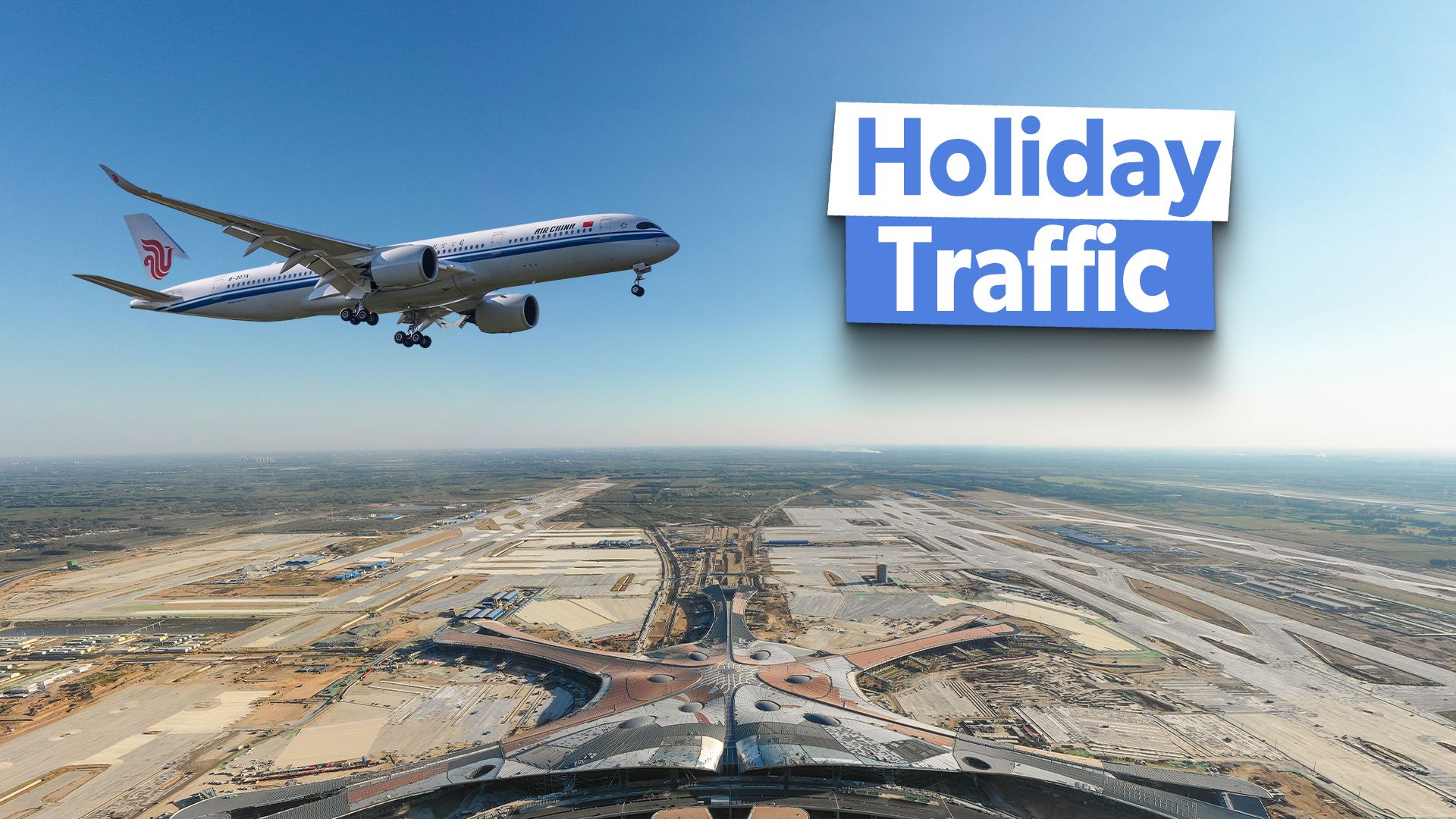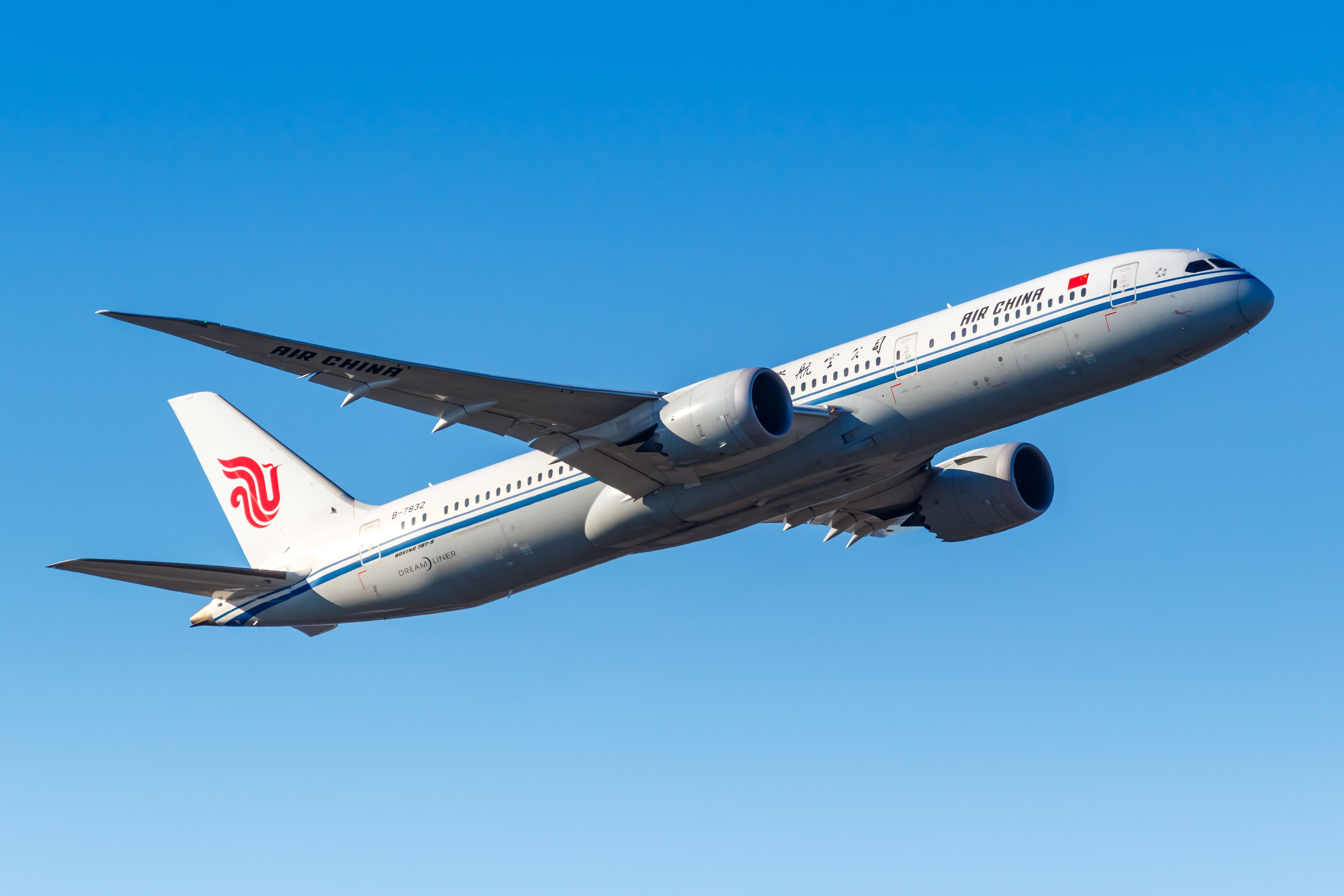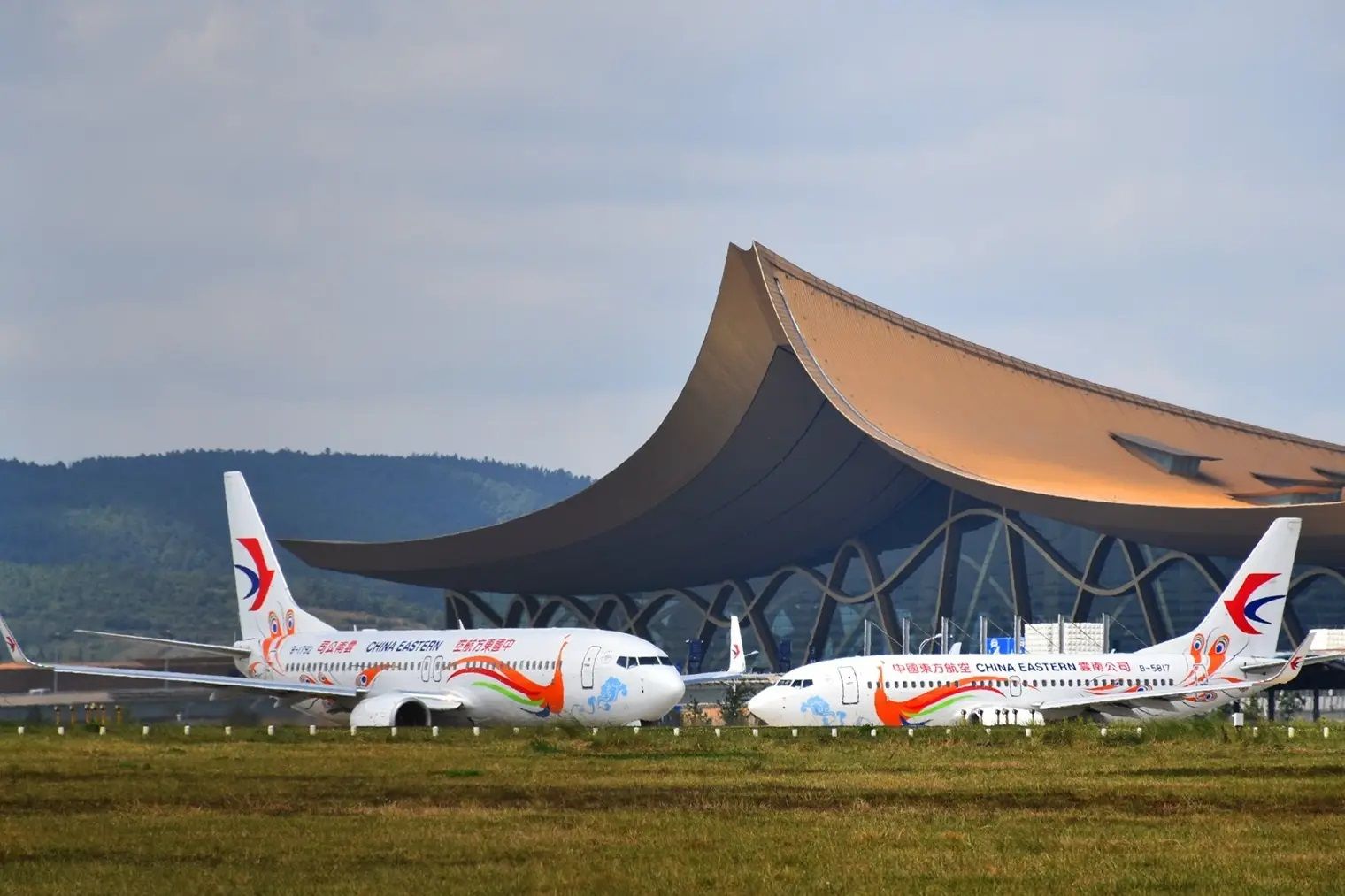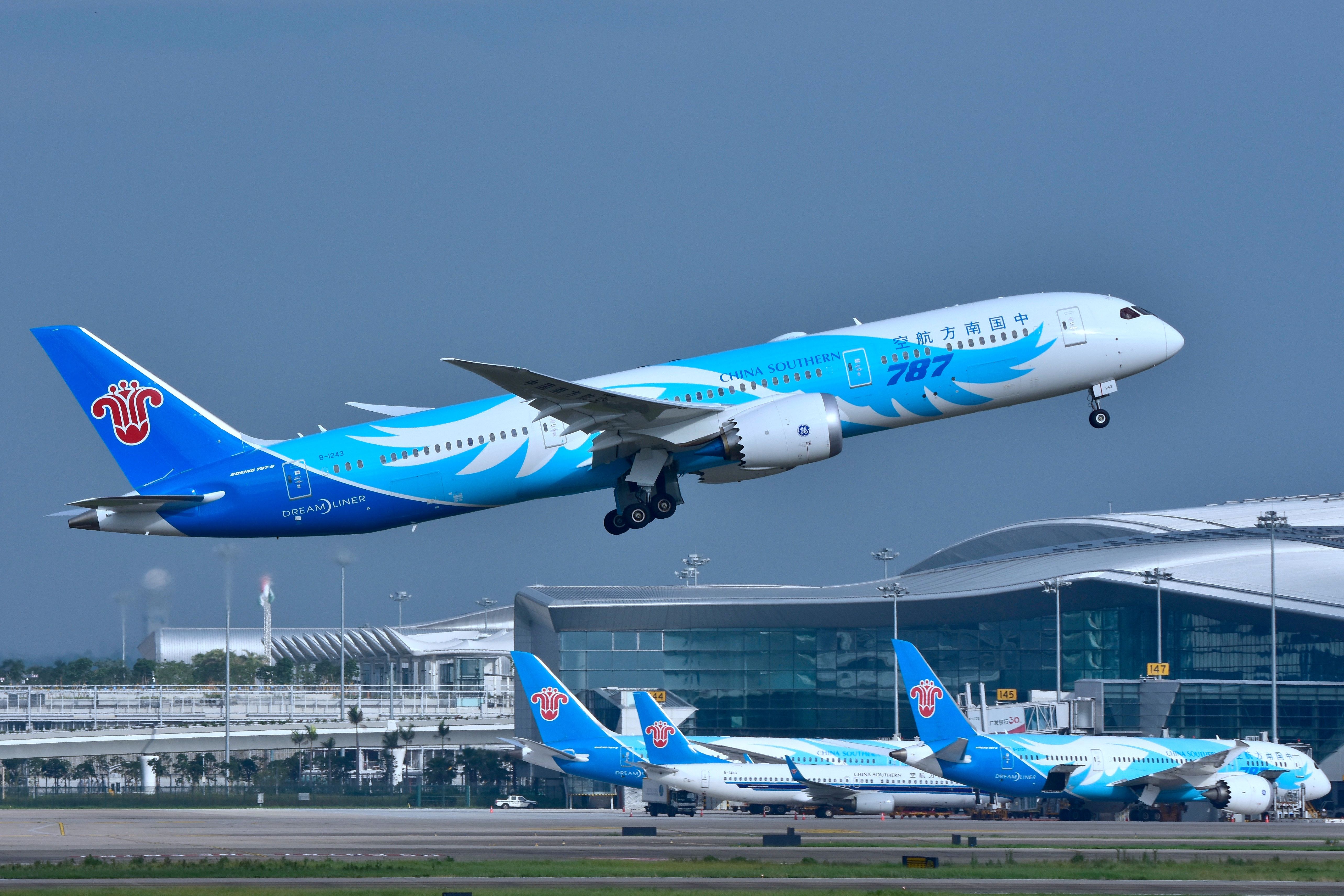As China
gears up for its National Day holiday, known as the “Golden Week,” the commercial aviation industry is set to experience a significant surge in passenger traffic.
With over a week-long break from October 1st to 7th, the holiday is traditionally one of the busiest travel periods of the year, and 2024 is no exception. Civil aviation in China is expecting a total of 115,000 passenger flights during this period, averaging over 16,000 flights per day, marking a 6.2% increase compared to last year. This article takes a closer look at the expected impacts on the industry, from passenger volumes to route expansions and fare trends.
|
Year |
Days |
Number of Flights |
Daily passenger traffic |
|---|---|---|---|
|
2019 National Day holiday |
7 |
103,000 |
1.897 million |
|
2023 National Day holiday |
8 |
123,000 |
2.135 million |
|
2024 National Day holiday (Forecast) |
7 |
115,000 |
2.312 million |
Surge in passenger traffic and flight operations
The Civil Aviation Administration of China ( CAAC
) forecasts that domestic carriers will handle a total of 16.18 million passengers during the holiday period, averaging more than 2.3 million travelers per day.
This reflects a robust rebound in demand, as passenger volumes surpass pre-pandemic levels, with a notable 11.2% growth compared to 2019. Airports across the country, particularly major hubs like Beijing Capital International Airport (PEK), Shanghai Pudong International Airport (PVG), and Guangzhou Baiyun International Airport (CAN), will see a marked increase in aircraft movements.
Photo: Markus Mainka | Shutterstock
A significant portion of this growth will be driven by the country’s 41 major airports, which are each expected to see varying degrees of traffic increases. Collectively, these airports will handle 178,000 takeoffs and landings, accounting for nearly 80% of the total domestic traffic. Notably, Hangzhou Xiaoshan International Airport (HGH) is poised to lead the growth with the highest increase in flight frequencies. Meanwhile, several other airports, including Haikou, Xi’an, and Qingdao, are also set to record double-digit percentage increases in daily flights.
Regional airports benefit from tourism demand
Beyond the top-tier airports, regional airports serving popular tourist destinations are experiencing substantial growth. Airports like Dali Fengyi Airport (DLU), Kashgar Lening International Airport (KHG), Zhangjiajie Hehua International Airport (DYG), and Ili Yining International Airport (YIN) have all seen a surge in flight frequencies, with daily increases of 71.2%, 52.4%, 42.6%, and 39.0%, respectively. These secondary airports are benefiting from the strong leisure demand as more travelers opt for nature and cultural experiences during the holiday season.
Photo: Kunming Airport
Market share of leading domestic carriers
China’s three largest airlines— China Southern
, China Eastern Airlines
, and ![]() Air China
Air China
—are set to dominate domestic air travel, collectively accounting for 43.2% of total domestic flights during the Golden Week. China Southern leads with a 16.3% share of the domestic market. Other carriers, such as Juneyao Airlines
and Spring Airlines
, are seeing positive growth as well. However, not all airlines are experiencing gains: Tianjin Airlines, Fuzhou Airlines, and several smaller carriers have reported a decline in scheduled flights compared to 2023.
Focus on key domestic routes
During the holiday, top domestic routes such as Beijing-Shanghai, Shanghai-Hangzhou, and Beijing-Chengdu are seeing a concentrated increase in daily frequencies. The top ten cities in terms of route expansion include Beijing, Shanghai, and Hangzhou, which are adding flights to meet the expected spike in demand. On the other hand, some secondary routes are seeing slight reductions in daily operations, as airlines prioritize high-demand corridors.
Photo: China Southern Airlines
International market recovery and popular destinations
International flights are also rebounding during this year’s holiday season, reaching 13,000 scheduled flights—85.5% of the 2019 level. Most of these flights are concentrated in East and Southeast Asia, which account for 76.6% of all international operations. Japan
, South Korea
, and Thailand
stand out as the top destinations for outbound Chinese travelers, with many routes exceeding pre-pandemic frequencies.
|
Top five countries departing from China during the National Day in 2024 |
Number of international flights |
Percentage of flight recovery compared to 2019 |
|---|---|---|
|
Japan |
1150 |
90.6% |
|
South Korea |
1100 |
94.5% |
|
Thailand |
1000 |
77.7% |
|
Malaysia |
550 |
137.3% |
|
Singapore |
450 |
119.1% |
Beyond these traditional markets, there are notable increases in flights to Malaysia, the UAE, and Italy. Some routes, such as those to the United Kingdom and Qatar, have even surpassed 2019 levels. However, the U.S. market remains sluggish, with only around 30% of flights restored, reflecting ongoing geopolitical tensions and pandemic-related restrictions.
Economic impact on ticket prices
Despite the surge in demand, average domestic airfares have seen a surprising drop of over 20% compared to last year. According to recent data, the average economy class ticket price during the holiday has decreased significantly, particularly in key cities such as Beijing, Shanghai, Guangzhou, and Shenzhen.
This drop in prices is likely due to increased capacity and fierce competition among airlines to attract passengers. In contrast, international fares to high-demand destinations like Tokyo and Seoul remain elevated due to constrained capacity and high demand.
Strategic opportunities for airlines
The National Day holiday not only offers airlines a chance to boost short-term revenues but also provides an opportunity to test new routes and strengthen their network strategies. For instance, airlines are using this period to gauge the viability of new city-pair connections and optimize fleet deployment. China Southern’s newly launched routes from Chengdu to Tokyo and Guangzhou to Jakarta are being closely watched for long-term performance.
Meanwhile, Shanghai’s Pudong Airport is seeing its international market share return to pre-pandemic levels, making it a critical hub for China’s outbound travel. Beijing and Guangzhou are also recovering steadily, with international flights reaching nearly 90% of 2019 levels. This recovery positions these airports as key players in the post-pandemic aviation landscape, offering a glimpse into the future direction of China’s international air travel market.




